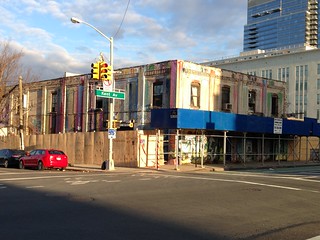Williamsburg Cinemas will be one of the first places in the neighborhood that people can go to catch a blockbuster flick, filling the void left by the closure of the Commodore Theater in 2002.
I’m not sure the Commodore ever really filled that void, but first-run movies (sans alcohol) are back in Williamsburg.

